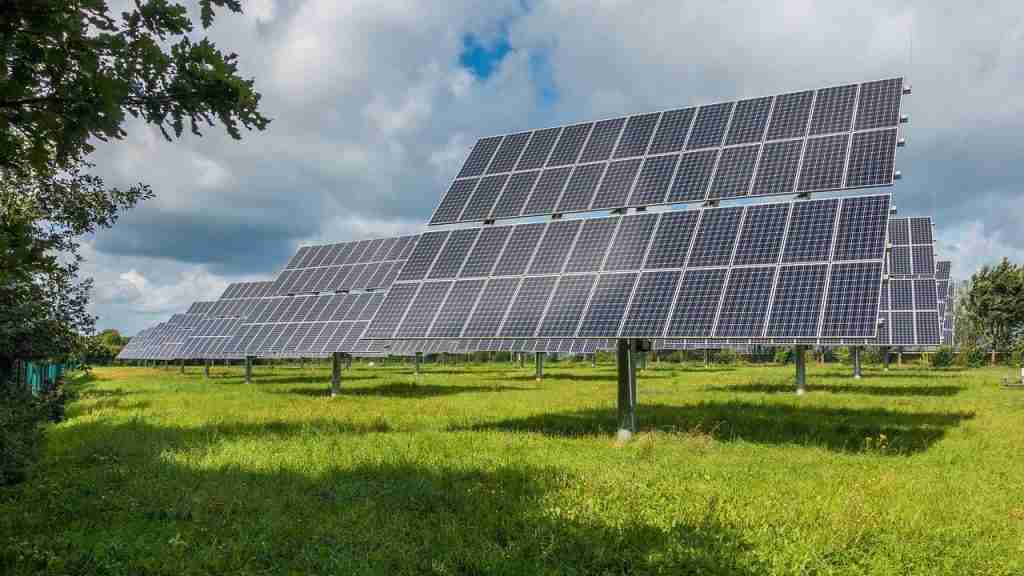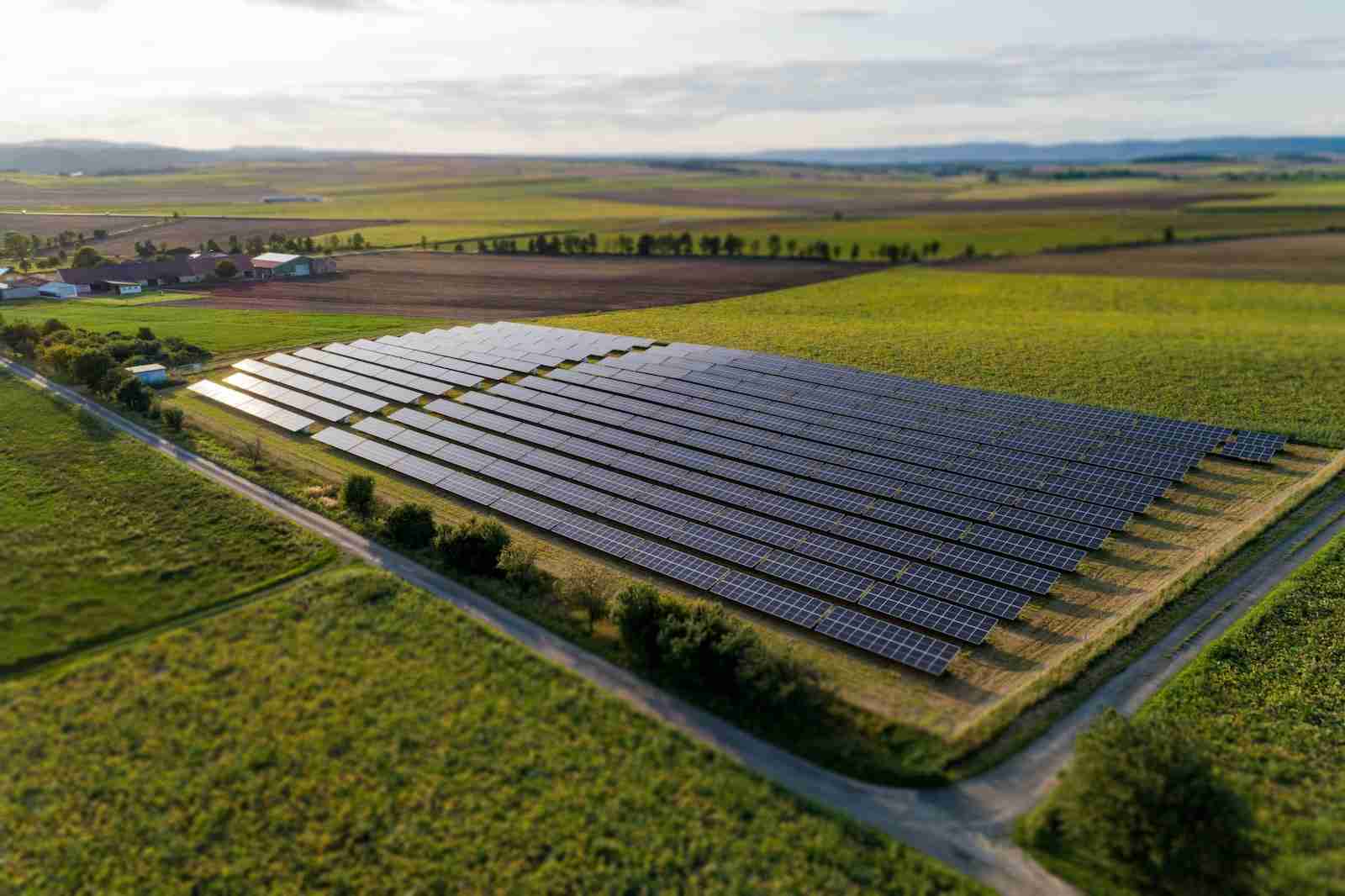20 Fun Facts About Solar Energy You Never Knew
1. The Sun is a giant ball of hot gas that’s been burning for about 4.5 billion years!
Our Sun is in the prime of its existence, having been burning steadily since the beginning. This giant mass was formed approximately 4.5 billion solar years ago and currently radiates with intense firepower!
At a blazing 5778 K (Kelvin), all that gas makes it one of the brightest stars in our universe.
Powered by various thermonuclear reactions entirely made up of hydrogen and helium, this star provides us with more than just a source of beautiful warmth.
2. Solar energy is the most abundant energy source on Earth.
Enormous amounts of sunlight hit Earth each day, making solar energy one of the most abundant and accessible sources of renewable energy that is available for us to use.
Located within a seemingly never-ending supply of rays from our all-powerful Sun, the clean, green, and limitless potential lies, giant swells of luminous promise waiting to be harnessed to better the lives of everyone lucky enough to inhabit this amazing planet.
3. Solar panels, also known as photovoltaics, convert the sun’s energy into electricity through a process called the Photovoltaic Effect.
Solar energy is the most abundant energy source on Earth, outshining all others. Solar panels, also known as photovoltaics, serve as the gateway to harnessing this power from nature.
Through a process known as the photovoltaic effect, solar panels convert the sun’s rays into precious electricity.
Thus, turning solar power into a virtually limitless resource for modern mankind.
4. The First Solar Cell was invented in 1883 by Charles Fritts, but it was only 1% efficient.
Charles Fritts, an inventor from Berlin, is credited as the legendary figure who in 1883 revolutionized technology: he created the first solar cell.
However, its efficiency was merely 1%, far lower than what current operational models can reach.
This groundbreaking development in solar technology led to numerous other advancements over the years and contributed immensely to our renewable energy demand being met today.
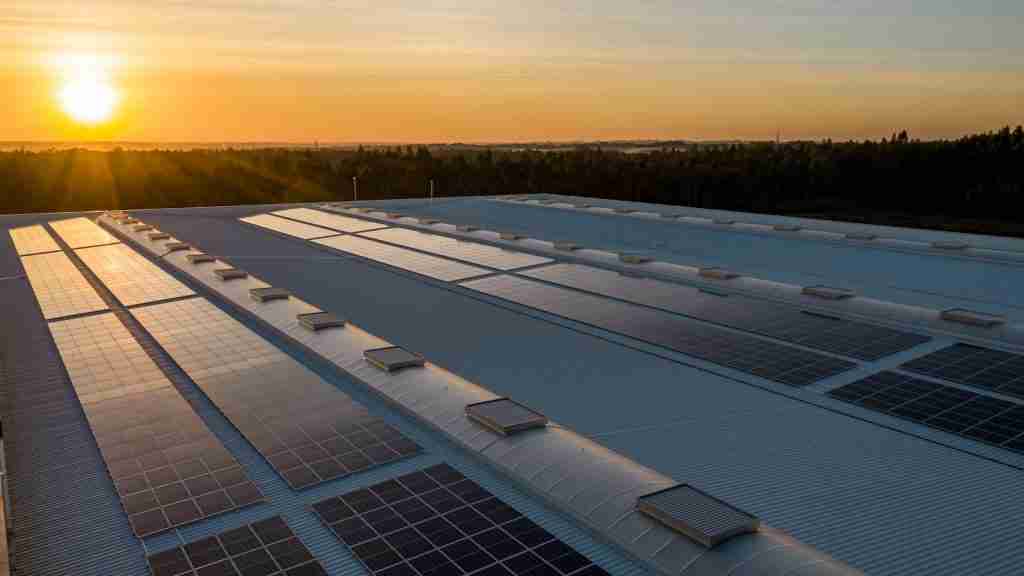
5. Solar cells can be at a maximum over 20% efficient.
Solar cells are remarkable pieces of technology, capable of converting large amounts of energy into electricity with minimal losses.
With advancements in photovoltaic technology and engineering research, the technical efficiency of solar cells has improved over time.
Nowadays, solar cells can attain up to 20% maximum efficiency under peak conditions—an impressive accomplishment that is still being perfected through ongoing research and development.
This high wattage output highly enhances the viability of domestic small-scale renewable energy generation.
6. The world’s largest solar power plant is the Ivanpah Solar Electric Generating System in California, USA.
The Ivanpah Solar Electric Generating System in California, USA, holds the record as the biggest of its kind and is making a serious contribution to providing clean energy alternatives on a large scale.
Comprising over 300,000 mirror facets that span across 3 sprawling facilities, this remarkable feat of engineer boasts enough solar power generation capacity to power an entire town.
In addition to that, enough green energy is produced annually to serve 140,000 individual homes; plenty enough carbon offset to mitigate 14 year’s worth of emissions generated in a typical coal power plant!
It really goes to show – big things can come from small origins, and with collaboration and perseverance we can make our world brighter.
7. Solar energy is a great way to reduce your carbon footprint and help save the planet.
At a time when our planet faces urgent threats to the environment, solar energy provides an important source of renewable energy alternatives.
The positive environmental impact of solar energy is so strong that switching to clean, renewable sources of power has been cited as one of the most effective ways to reduce our carbon footprint while helping preserve natural resources.
Beyond that, solar technology can assist governments, businesses, and industries in developing cost-effective climate protection solutions that keep electricity costs low and promote sustainability practices.
8. The Sun’s energy can be used to heat water for pools, hot tubs, and even to create steam to power turbines and generate electricity.
The sun is a powerful source of energy. By harnessing this energy, we can effectively use it to heat water for pools and hot tubs.
Not only that but the sun’s rays can be used to turn water into high-pressure steam, which is then diverted to power turbines and generate electricity!
As you can see, its potential uses are endless. What’s more, with advances in technology, capturing solar energy is becoming easier and will soon be widely accessible to all.
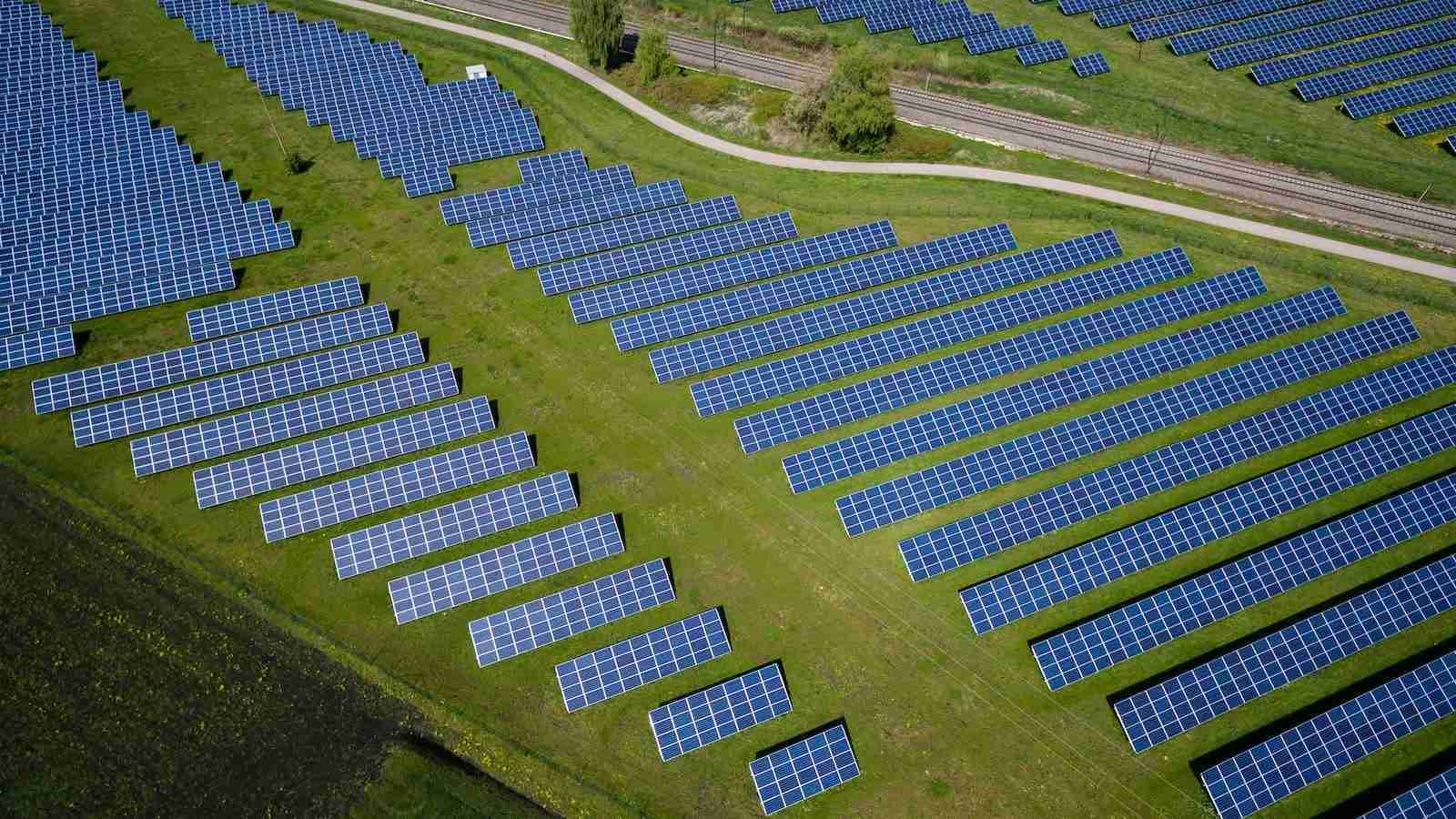
9. Some buildings even have Solar Panels integrated into their architecture, making them truly “green” buildings.
Buildings these days are evolving to become more independent sources of power and aiming toward a greener future. This has been, in part, accomplished through the integration of solar panels into their architecture.
Their use of this technology makes them truly “green” buildings; transforming yet another aspect of our everyday lives into an environmentally friendly iteration.
Architects have embraced this shift and led the way, widening and deepening the options available to suggest any new constructions embrace the concept.
10. Solar energy is used to power satellites and even the International Space Station.
Solar energy is widely deployed to power various technologies that extend beyond the atmosphere. Numerous manned and unmanned space operational systems are powered in part by the sun’s radiation.
Most notably, the International Space Station bathes in a celestial stream of renewable energy every day, thanks to four strategically situated solar arrays.
As they move around their orbit, they ensure that this outpost can remain personnel and populate it with a plethora of onboard scientific experiments and discoveries!
11. In ancient times, people used solar energy to light their homes with mirrors that reflected sunlight into dark spaces.
Historically, civilizations have used the Sun’s energy to meet their lighting needs in homes and other buildings.
They would use strategically positioned mirrors that harnessed sunlight and guided it indoors to dark spaces, creating a brilliant light.
It was a surprisingly effective method of illuminating dwellings centuries ago. Not only did homeowners not need to buy candles or oil lamps that needed replenishing, but they also had a reliable source of light during times of darkness.
Ancient people discovered something remarkable: using solar energy to help them live better lives!
12. The Sun is so powerful that in just one hour, it produces enough energy to power the entire world for a year!
The Sun’s potency is unfathomable, emitting enough energy for the entire world to use in only an hour. This staggering power is incredible; it would be enough to provide electricity for all of humanity’s needs over an entire year!
Its brilliance pours out continuously once ignited, radiating light and warmth across our planet.
Constant revelations about its vast capacity never cease to amaze us, its stellar production abilities unlimited and incomparable.
13. Some scientists believe that Solar Energy could be the key to creating a sustainable future for humanity.
Worldwide energy consumption is rapidly increasing and it’s important to consider alternative renewable sources in order to sustain the planet.
Solar energy has been viewed as the ultimate source of clean energy that can provide humanity with a sustainable future.
Scientists all around the world have conducted research on solar technology and have made great strides in furthering its potential.
It’s no wonder why some scientists believe in the power of solar energy’s potential to create a better tomorrow for mankind.
14. Solar energy can also be stored in batteries for use at night or during cloudy days.
Solar energy can be harnessed to power homes and businesses anytime during the day or night.
Through the use of batteries, it can also be stored and delivered when needed, such as during periods of cloud cover or after darkness has fallen.
An effective renewable energy storage system is essential for taking full advantage of capturing solar power cycles.
With battery storage, homeowners and businesses can rely on a continuously powered source that is clean, renewable, and environmentally friendly.
15. There are floating Solar Power plants that are built on lakes and reservoirs.
Have you ever heard of a solar power plant that literally floats? It’s true – these futuristic forms of green energy exist, and they are installed on body’s of water like lakes or reservoirs.
With the increasing demand to find renewable sources of energy, it’s no wonder scientists have come up with this clever idea.
Most solar power plants capitalize on the human environment by taking up land space; the idea behind floating plants is to make use of resources that may have previously gone unused.
16. The World’s first solar-powered airplane completed a flight around the world in 2016.
In July of 2016, history was made when the world’s first solar-powered airplane flew for the very first time.
This aircraft, powered entirely by the sun, successfully completed its circuit around the earth in 23 remarkable days in which it landed on five different continents.
During this maiden voyage across the globe, it flew a complete distance of almost 40 thousand kilometers – mostly during nighttime hours – without producing any carbon emissions or requiring fuel for propulsion.
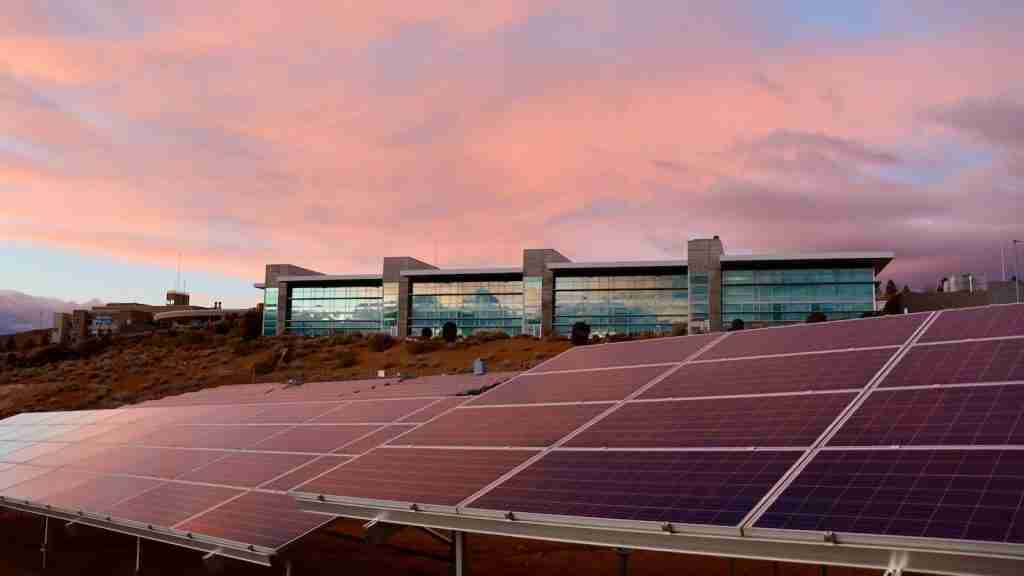
17. The world’s first solar-powered train began operating in Australia in 2018.
In 2018, Australia made history with the world’s debut of a fully solar-powered train. Powered entirely by a sprawling railing of solar panels, this ambitious project finally brought the country closer to its goal of carbon neutrality and leveraging renewable energy.
The train made its inaugural journey in New South Wales traveling 300 kilometers single-handedly using the shared renewable power generated beneath its cells.
Ambitiously setting new standards for environmental consciousness within public transport, passengers were also treated to improved connectivity and standards set forth paving the way to other sustainable mechanisms on railways worldwide.
18. Solar energy can also be used to power cell phone towers, providing reliable service in remote areas.
Solar power can be harnessed to ensure cell phone towers remain powered even in remote parts of the country. With reliable service comes opportunities for growth and prosperity, regardless of geographic location.
Solar energy is capable of powering needed equipment up and down the line, lending stability to communities that may have previously been far off the beaten path.
The interconnectedness earned through access to cell phone towers lighting up a broad swath of three-dimensional area makes it clear why solar power today is emerging as a go-to source for providing stable communication and connection.
19. Concentrated solar power systems use mirrors to concentrate sunlight onto a receiver, which converts the sunlight into heat energy that is then used to generate electricity.
Mirrors are used to capture and concentrate the power of the sun in concentrated solar power systems. The sunlight is directed in such a way that it can be managed more effectively, making its energy usage more efficient.
This focused energy falls on a receiver, where it is transmitted into heat energy. This can then be put to various practical uses, like generating electricity. This ultimately allows us to make use of the same amount of sunlight with much greater efficiency than ever before.
20. It is also possible to use Solar power in space where the sunlight is more intense and consistent.
Space offers an exceptional source of uninterrupted solar energy, due to its intense and consistent sunlight exposure.
This opens the door to a world of possibilities, such as using solar power in space itself. By harnessing this almost endless supply of sunlight and clean energy, we can then transmit it back to Earth wirelessly.
This revolutionary ability to store and transmit Solar Power from space marks a new era in sustainability solutions for our planet.
